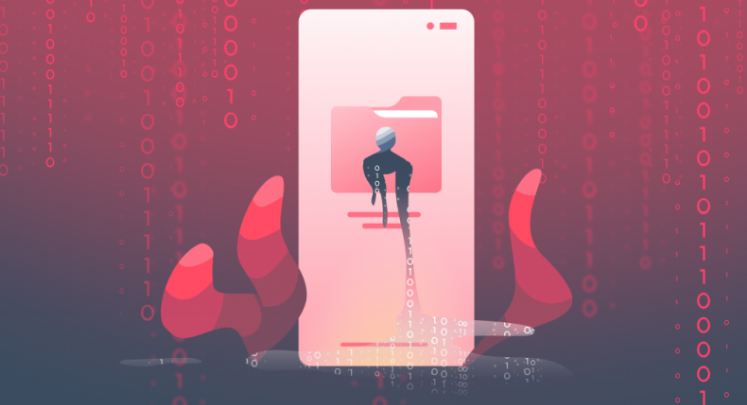Have you ever come across a message stating “this password appeared in a data leak”? What is your first reaction then? Does it seem scary? Obviously, it does, atleast to me. To start with, my password is the only frontline barrier that keeps an attacker from compromising all my digital information. iPhone alerts help me become aware that my password is out there in a publicly available database of breached credentials.
Want to know more on Google Password Manager vs LastPass? ~~> ~~>
This password appeared in a Data Leak ~~>
The notification that your password appearing in a data leak is a cybersecurity feature by Apple through a security update in iPhones running iOS 14 and later. You can work on it in Settings. Here’s what you need to do:
- Open Settings.
- Then, go to “Passwords”.
- Thereafter, go to “Security Recommendations”.

The words “password” and “data leak” when put together can cause chaos and anxiety in your mind, leaving you with questions about the security of your digital life. So, let’s see more on it!
Here’s a quality article on Parental controls on iPhone? ~~>
iPhone “Password Data Leak” meaning ~~>
It is a tell-tale sign of a security breach and means that there has been a data leak; where a password associated with your accounts has been compromised. This feature has been implemented by Apple in all iPhones running iOS 14 or later.
Haven’t you tried visiting the haveibeenpawned site? Obviously, you will have because this was the only method that you could use while verfying your security, keeping your email and password secure.
AOL Mail not working on your device? Here’s what you need to do!! ~~>
But, how did it come up in the data leak ~~>
The most common way your passwords leak is through a security breach in a company that collects private information like emails, passwords, etc. Say, for example there is an attack on Meta/Instagram, then, the attackers gain access to a huge database of usernames, emails, passwords, and any other sensitive data that was otherwise private. These databases are disposed of and then illegally sold to bidders on the dark net.
Often, these databases are published on the Internet. Essentially, this means that anyone who knows anything about the Internet can openly access a database that contains all of your private information, such as email, passwords, date of birth, phone number, and so on.

You will lose your digital identity and guys with evil ideas can manipulate this. Thus, your online actions can wreak havoc on you in real life, and you are sure to pay a heavy price for a little carelessness. But, nevertheless there are certain methods that you can adopt to keep yourself secure and safe.
What to do in case of a data leak? ~~>
In situations such as these, relax a bit and with a calm and composed mind, get going with the following methods:
Find out the source of your password leak
If the security recommendations are “ON” on your iPhone, you will get a list of websites and services; that were victims of a data breach and where your passwords were compromised, such as Google Password Manager or Lastpass. You will need to update all passwords manually.
Frequently Change Passwords
You should always change your password if it was affected by a data leak. Not only that you shall change your passwords frequently, so that it mitigates the chances of pasword data leak.
Outlook Notifications not working? Here’s the way out!! ~~>
2FA (two-factor authentication) on iPhone ~~>
Two-factor authentication is one of the most effective ways to add an extra layer of security to your accounts and minimize the risk of falling victim to online security breaches. It is a straightforward solution with significant benefits. So, here’s how you can enable it:
- Open Settings.
- Then, select your username and then proceed to “Password & Security”
- Next, tap on two-factor authentication > Next > Enter your credentials > Next > Enter the verification code to confirm your authenticity thereby successfully setting the 2FA.
- Furthermore, you may have to enter the answers to your Apple ID security questions as an additional verification process.

Some great tips ~~>
Below are some tips on how to secure your accounts:
- Use alphanumeric passwords at least 12 characters long.
- Have unique passwords for different accounts.
- Enable 2-factor authentication when possible, set up recovery email.
- Do not share/allow access to geolocation data.
- Use secure and encrypted emails like Protonmail, Gmail, etc.
- Do not enter your credentials on shady websites
WRAPPING UP !! ~~>
In this post, I think I have done well enough to have given you ample idea on the password data leak and how to mitigate the risks associated with it. You shall definitely follow the methods and precautions above. They are literally very simple and even a beginner can thus easily follow them. So, definitely give the methods a try. On that note, until the next time, see ya !! Goodbye !! ~~> ~~>
:: ~~> ~~> :: ** :::::: ** :: )) ** :: ** (( ~~> ~~>
